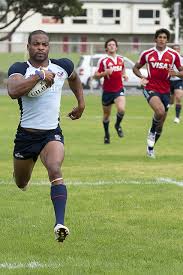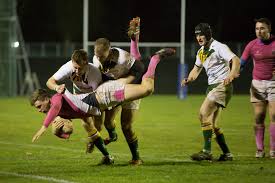Posts Tagged ‘sprinting’
Sprint Training Mechanics: Frans Bosch
“Humans aren’t descended from apes, but are a bad crossbreed of kangaroos and horses”
 Frans Bosch delivered 4 great presentations at GAIN V this year each one packed full of information and ideas.
Frans Bosch delivered 4 great presentations at GAIN V this year each one packed full of information and ideas.
This included two practical sessions. One was gym based and one was running based. That helped immensely with my understanding and application.
Read MoreThe fundamentals of acceleration mechanics
Coach Anderson was talking about his 100m speed training programme. His belief is that coaches only need to teach 1 model of sprint mechanics, get damn good at it, then add “subtle variations”when required, for example, in the 200 meters acceleration pattern or the 110 meter hurdles acceleration pattern
Read MoreStrength and Power in Rugby: Part 3
 The Rugby World Cup is in it’s knockout stages. National Fitness adviser Simon Worsnop looks at current strength and power measurements.
The Rugby World Cup is in it’s knockout stages. National Fitness adviser Simon Worsnop looks at current strength and power measurements.
Strength and Power Levels
Since the onset of full time professionalism in both sports strength levels have increased so that today’s players possess higher strength levels than similar aged recreational players
Read MoreStrength and Power Developments in Rugby over the last 10 years.
 Now that we have reached the knock out stages of the Rugby World Cup, I thought it would be a good time to review how the game has changed over the last 10 years.
Now that we have reached the knock out stages of the Rugby World Cup, I thought it would be a good time to review how the game has changed over the last 10 years.
Simon Worsnop is the National Adviser with the England Under 20s team and has kindly written the following post.
Read More